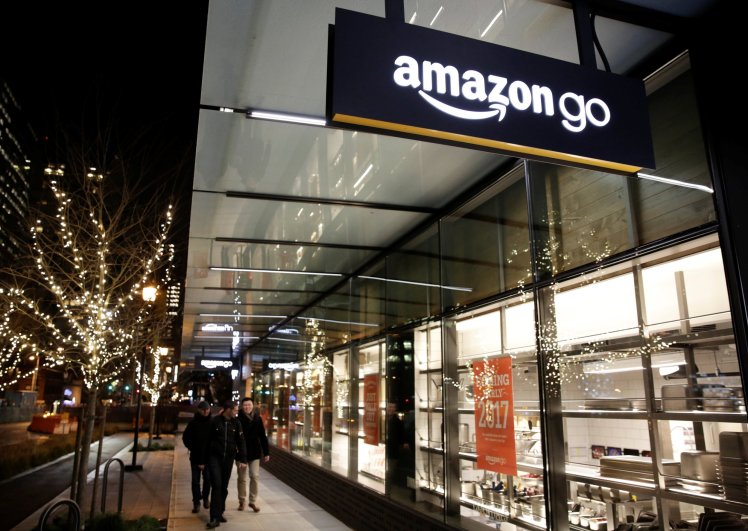Whilst in the US the term for ‘grocery’ style products is ‘consumer packaged goods’ – or CPG, in the UK and many other parts of the world most grocery items are called “Fast Moving Consumer Goods” (FMCG). A quote from Kimberley Clarke on the unbelievable lead times required for the planning of back to school promotions suggests that this may now be a misnomer.
In the article it appears that whilst shoppers are preparing for back to school 2012, Kimberley Clarke are planning their 2013 campaign. Why? Kimberley Clarke require six months to plan the activity, but it needs to be presented to the retailer twelve months in advance so that they can “incorporate their manufacturers’ programs in their stores and online.”
This is the digital age. Apps on my iPhone update almost every week. Retailers on the one hand are responding daily to competitive pressures such as matching prices and yet promotional campaigns are being pulled together a year in advance.
A LOT CAN CHANGE IN EIGHTEEN MONTHS
How much changes in eighteen months? Eighteen months ago it was only just 2011 – sites such as Pinterest were still small and yet to gain momentum toward their current valuation in the range of $1 billion to $1.5 billion. Google+ had yet to be launched but now boasts 250 million registered users and well, we all still loved Facebook. In this fast changing world can it really be that it takes so long to plan a “back to school campaign”?
The consumer goods industry used to be fast-paced. The industry (and I include retailers in here) hasn’t slowed down, but the world has sped up. If the consumer goods industry wants to keep up with the ever changing environment, ever changing consumers and shoppers, and an ever changing competitive set, it needs to get moving, now. How fast do they need to be? As fast as the market is changing. As fast as is possible.
I recognize that this requires enormous changes: it would require flexibility in the entire supply chain, not just efficiency in retail planning and decision making. But think about it. How quickly could Amazon launch a new activity or deal?
WHAT CAN RETAILERS, SHOPPER MARKETERS AND KEY ACCOUNT MANAGERS DO TO BRING BRICKS AND MORTAR UP TO DIGITAL SPEED?
Review the approach
Check that the approach to planning activity is as efficient as it could be. Look for bottlenecks and challenge them (read the brilliant “The Goal” by Dr. Eliyahu M. Goldratt if you don’t understand the importance of bottlenecks). See if there are actions which could be completed in parallel which are currently completed in series.
Challenge the policy
I know what some of you are thinking: “but we can’t change the planning time; it’s policy”. Policy needs to be reviewed. Every year. Policies were designed in the past and therefore by definition are out of date. They serve an antiquated environment. Don’t get me wrong: I’m not advocating a wholesale carnage of policy (though a big part of me thinks that might be a good idea), but policies and procedures should be reviewed periodically to ensure that they still serve the business needs. Are the lead times too long? Do people really need that long to do things? Are all of the approvals still necessary?
Do less
Promotional activities disrupt the business of retailer and manufacturer to an enormous extent, often lose money, and often lead to out of stocks which infuriate shoppers. If there were fewer activities teams would be able to focus, and plan more effectively, which would enable the planning horizon to be significantly shortened. Doing less would also help with all of those bottlenecks identified above.
Evaluate and repeat
Repeating an activity is easier, and therefore should take less time, than creating brand new activities. Evaluation should lead to repeating the more effective activities (or improving less effective ones) which means that doing fewer activities (as advocated above) should not have a negative impact on sales.
Whether you work for a retailer, a manufacturer, in marketing or in sales, dramatically reducing the lead times for planning and preparing activities will dramatically improve your business, and transform the effectiveness of your team and all your activities. But it’s more than that. The world shows no sign of slowing down, and it is fair to assume that things will continue to get faster. Pace today may create competitive advantage: in the future it may be the difference between success and failure. Planning is critical, but plans based on an out of date reality will simply not hit the mark with your shoppers or consumers. Being fast means being in tune with an ever-changing market place – and that means that whatever the marketing campaign it is likely to be far more effective.
Photo Credit: William Warby – Flickr




